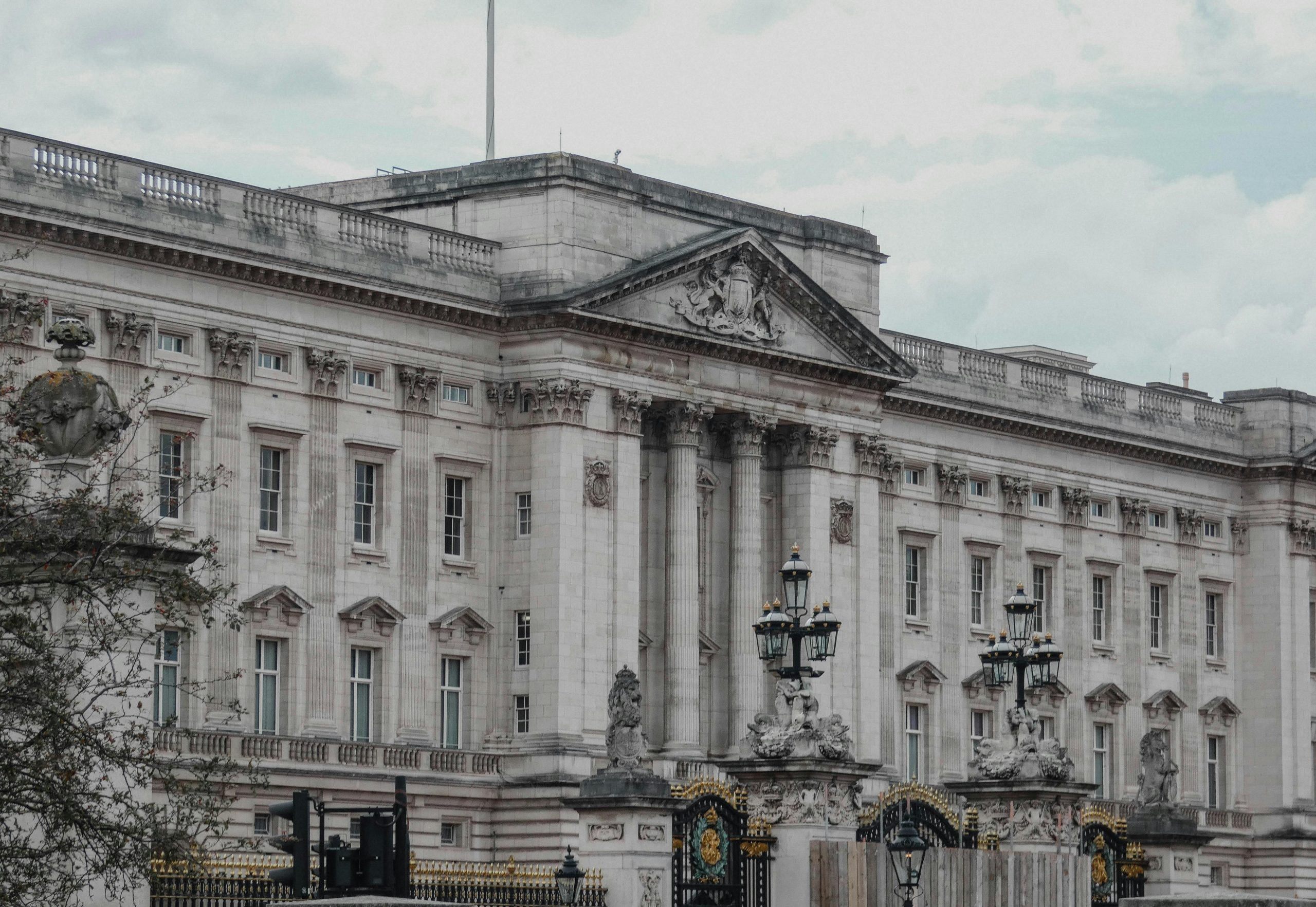Phwooor … look at the turrets on that!
Buckingham Palace, the official residence of the British monarch, is renowned for its grandeur and history. While today it is more associated with royalty and ceremonial events, its architecture has roots in defense and security.
In the early 18th century, Buckingham House (as it was originally known) was a private residence before being acquired by King George III in 1761. Over the decades, it evolved into the palace we know today. Though its primary function was to serve as a royal residence, security concerns have always influenced its design, particularly in terms of defensive architecture.
One key aspect is the positioning of the palace itself. Located in central London, it was strategically built with ample distance from the Thames River, providing natural protection from waterborne threats. The expansive palace grounds create a buffer zone, while the sturdy walls and iron railings around the perimeter enhance security.
Additionally, the palace is equipped with secure gates, guard posts, and a network of sentries, including the famous Queen’s Guard. Though primarily ceremonial today, these guards have a long history of protecting the monarch. In modern times, advanced surveillance and sophisticated alarm systems complement these traditional security measures.
While Buckingham Palace may not have been built with fortresses or moats, its blend of ceremonial elegance and discreet defensive measures reflects a history deeply intertwined with the need to safeguard the monarchy from external threats.

